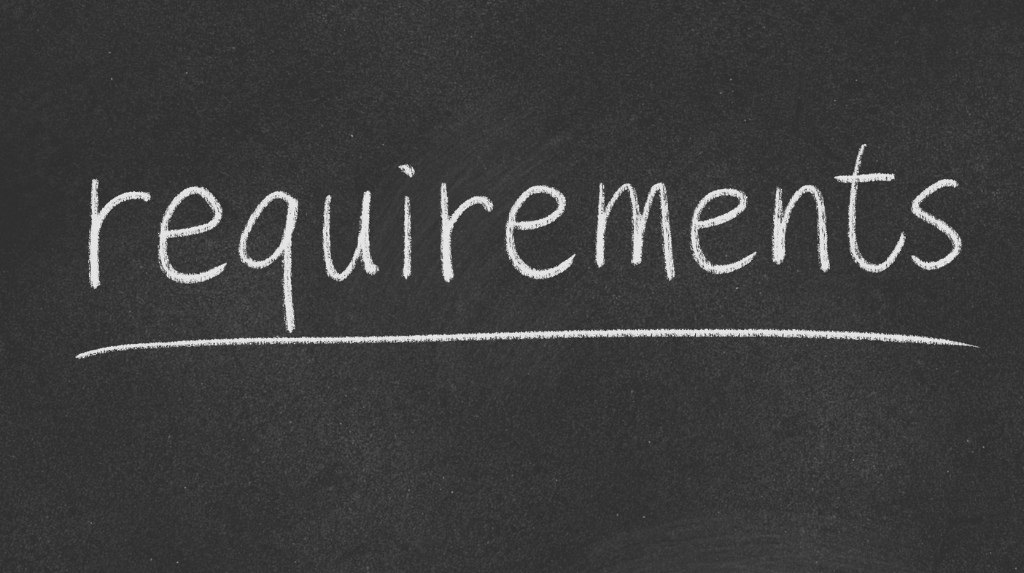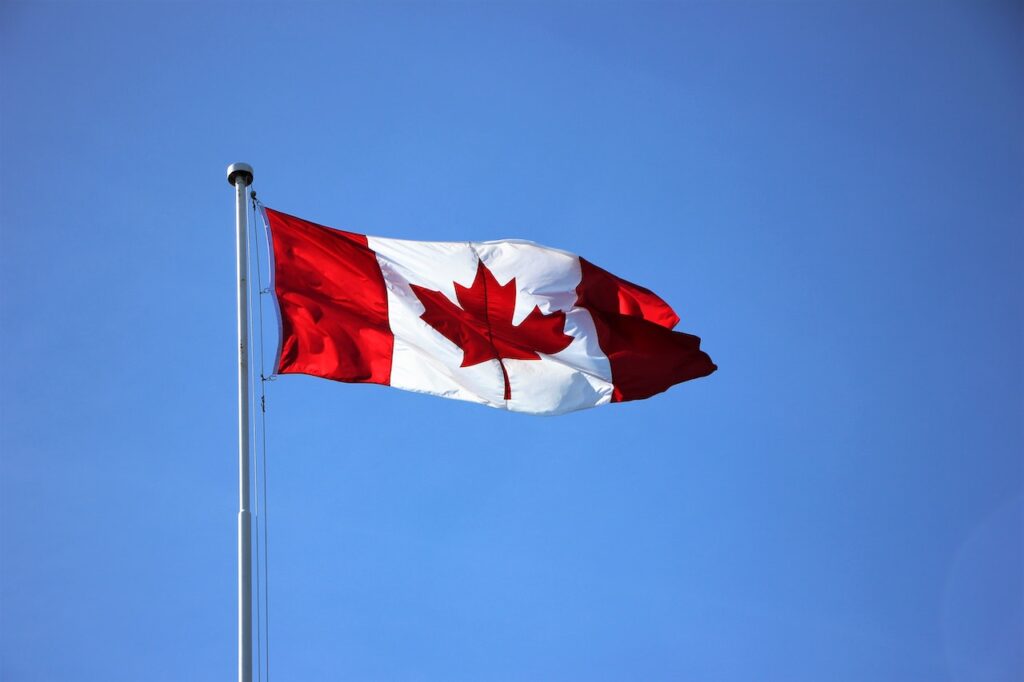When considering immigration to Canada, many individuals explore various pathways, including the Provincial Nominee Program (PNP). The PNP offers a route for skilled workers, entrepreneurs, and international graduates to obtain permanent residency in specific provinces or territories. One common question that arises during this process is, “How long does the PNP process take?” In this article, we will dive into the timelines and factors that affect the duration of the PNP process, providing you with valuable insights and information.
- How Can I Get a Medical Visa for Canada?
- Unveiling the Path to Acquiring a Canada Green Card
- How Much Is Medical for Canada in Nigeria?
Understanding the Provincial Nominee Program (PNP)
The Provincial Nominee Program (PNP) is an immigration pathway that allows provinces and territories in Canada to nominate individuals who possess skills and experience that align with their local labor market needs. Each province or territory has its own specific streams and criteria for nomination, enabling them to target immigrants who can contribute to their local economies.
Factors Influencing the PNP Process Duration
Several factors play a role in determining how long the PNP process takes. Understanding these factors can help you manage your expectations and plan your immigration journey more effectively. The key factors include:
Province or Territory Selection:
The selection of the province or territory where you wish to apply under the PNP can significantly impact the process duration. Each province or territory has its own application processing times and priorities. Some provinces may have higher demand, leading to longer processing times, while others may have streamlined procedures and quicker processing.
Completeness and Accuracy of Application:
Submitting a complete and accurate application is crucial for avoiding delays. Incomplete applications or missing documentation can lead to additional requests for information, prolonging the processing time. It is essential to carefully review the application requirements and provide all the necessary supporting documents as per the guidelines.
Processing Times and Backlogs:
The processing times of the PNP applications can vary depending on the volume of applications received and the available resources for processing. Some provinces may experience backlogs due to high demand, resulting in longer processing times. Monitoring the current processing times for the specific province or territory you choose can give you an idea of the expected duration.
Document Verification and Medical Examinations:
As part of the PNP process, applicants are required to undergo document verification and, in most cases, undergo medical examinations. These verifications and examinations aim to ensure that applicants meet the health and security requirements for immigration. The time taken for these processes can vary, and delays may occur if additional information or assessments are needed.
Additional Security Checks:
In certain cases, additional security checks may be required as part of the immigration process. These checks are performed to ensure the safety and security of Canada. The duration of these checks can vary, and the process may be prolonged if further investigations or clarifications are necessary.
Step-by-Step Overview of the PNP Process
To gain a comprehensive understanding of the PNP process, let’s explore the step-by-step overview:
Provincial Nomination Application:
Submit your application for provincial nomination to the respective province or territory. This step involves meeting the eligibility requirements of the specific PNP stream and providing the necessary documentation to support your application.
Express Entry Profile (If Applicable): If you are applying through a PNP stream that is linked to the federal Express Entry system, yo
u will need to create an Express Entry profile and indicate your interest in the province or territory. This step allows the province or territory to identify and consider your application during their nomination process.
Invitation to Apply (ITA):
If your provincial nomination application is successful, you will receive an Invitation to Apply (ITA) for permanent residency from the federal government. The ITA allows you to proceed with the permanent residency application.
Permanent Residency Application:
Upon receiving the ITA, you need to submit a complete application for permanent residency to the federal government. This application includes additional forms, supporting documents, and payment of applicable fees.
Application Processing:
The federal government will review your permanent residency application, including conducting background checks, verifying documents, and assessing your eligibility. The processing time for the permanent residency application can vary depending on various factors, including the complexity of the case and the current processing times.
Typical Timelines for the PNP Process
It is important to note that the PNP process timelines can vary significantly based on the factors mentioned earlier. However, as a general guideline, the PNP process can take anywhere from several months to a year or more. The exact duration will depend on the specific circumstances of your application, the province or territory chosen, and the processing times at each stage.
Frequently Asked Questions (FAQs)
How long does the PNP process take on average?
The average duration of the PNP process can vary from several months to over a year. It depends on factors such as the province or territory selected, the completeness of the application, and the current processing times.
Are there any ways to expedite the PNP process?
Some provinces offer fast-track or accelerated streams for certain occupations or applicants with specific qualifications. Additionally, ensuring the completeness and accuracy of your application can help avoid unnecessary delays.
Can I work in Canada while my PNP application is in process?
In some cases, applicants who meet certain criteria may be eligible for a work permit while their PNP application is being processed. However, the specific eligibility and conditions may vary depending on the province or territory.
Is PNP a guaranteed pathway to permanent residency?
While the PNP provides a pathway to permanent residency, it does not guarantee approval. Applicants must meet the eligibility requirements and successfully complete the application process.
Can I apply to multiple provinces or territories simultaneously under the PNP?
Yes, in most cases, you can submit applications to multiple provinces or territories simultaneously. However, it is important to carefully review the requirements and guidelines of each province or territory to ensure compliance.
What happens if my PNP application is rejected?
If your PNP application is rejected, you may have options to appeal the decision or explore alternative immigration pathways. It is advisable to seek professional advice to understand your options and determine the best course of action.
The PNP process duration varies based on several factors, including the province or territory selected, the completeness of the application, and the current processing times. By understanding the factors that influence the process duration and following the step-by-step overview, you can navigate the PNP process more effectively. Remember to stay updated with the specific requirements of your chosen province or territory and seek professional guidance when needed. Good luck with your immigration journey!
Do you need support with your Canadian visa application?
Contact our team of skilled immigration lawyers to discuss your visa and immigration needs.
Call us on +234 812 5505 986 or WhatsApp us at +234 818 1547 085 for immediate assistance with your situation. We are available to assist you in person, over the phone, or online.





